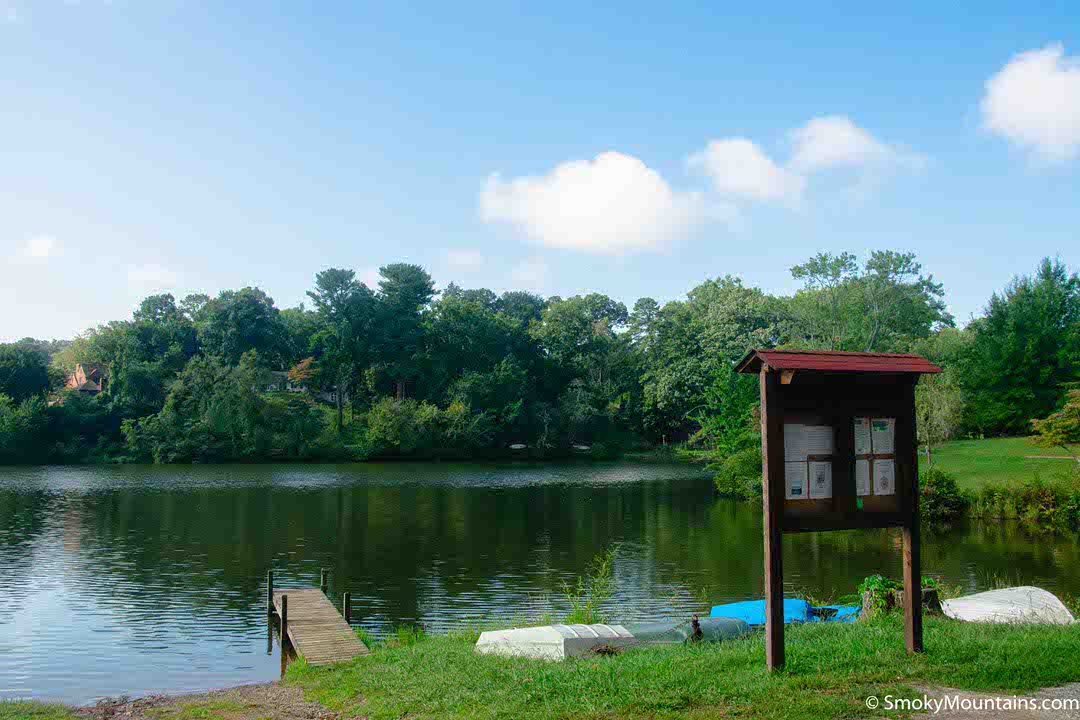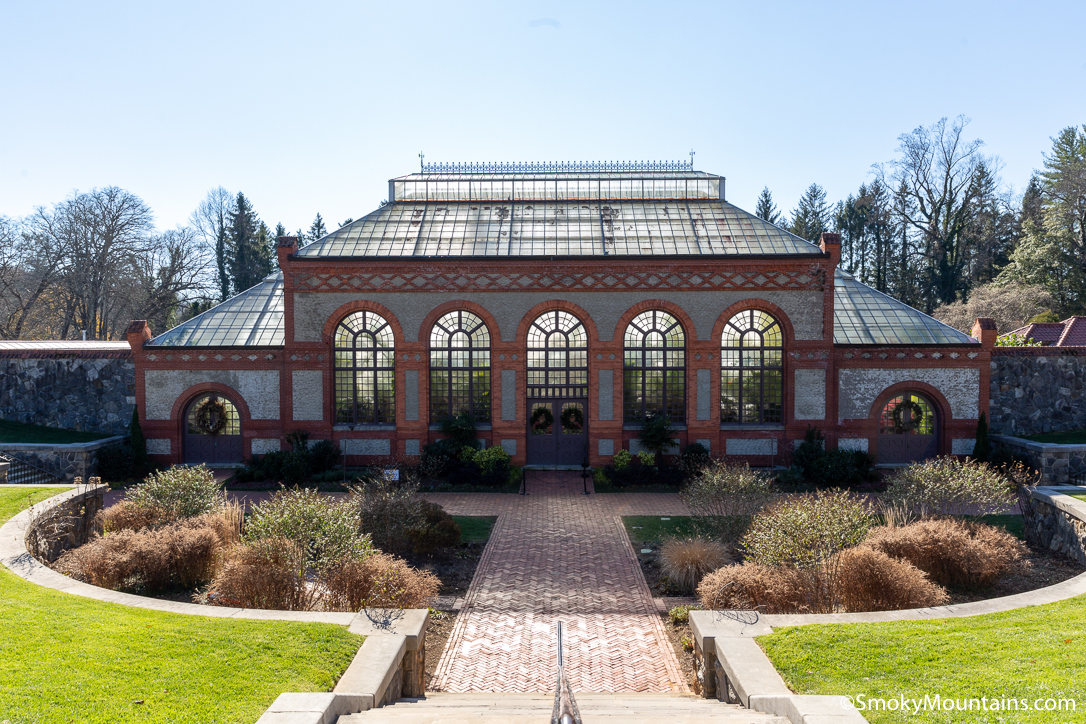Bird watching has been enjoyed throughout the world for centuries and within America itself since the early 20th century. It is a hobby that has been proven to reduce stress, improve attention span, and even offers opportunities to connect with a community of like-minded individuals, according to Psychology Today. Thankfully, Asheville has many options when it comes to bird-watching opportunities and boasts several desirable bird species like Herons, Woodpeckers, Bald Eagles, and more. In fact, some 200 different species make their home year-round in Asheville and another 80 migrate through each year. Therefore, this is the perfect location to get started in this hobby or take your current obsession up a notch.
1.) Douglas Falls
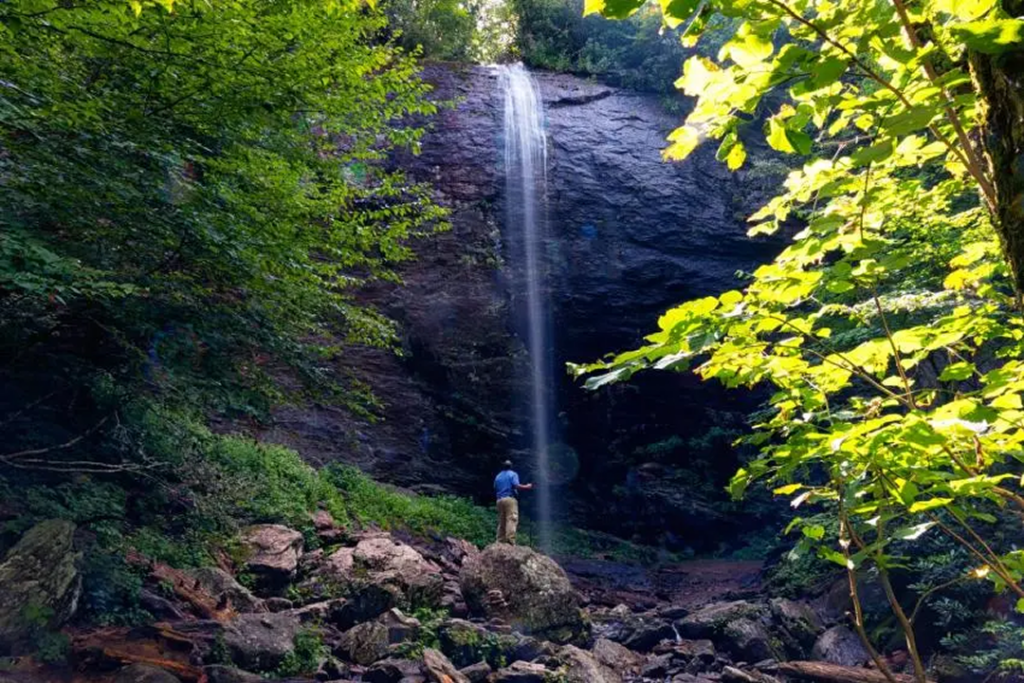
As part of the Blue Ivy section of Pisgah National Forest, Douglas Falls is an impressive 70-foot waterfall that presents an ideal setting for bird watching. Access to this spot involves a seven-mile (there and back) hike through the woods on a trail. Elevations of this trail range from 2,200 feet to over 5,000. Some birds you might encounter throughout this hike to the falls and back include the Hairy and Pileated Woodpecker, the Golden-crowned Kinglet, the Red-breasted Nuthatch, and the Dark-eyed Junco.
2.) Beaver Lake
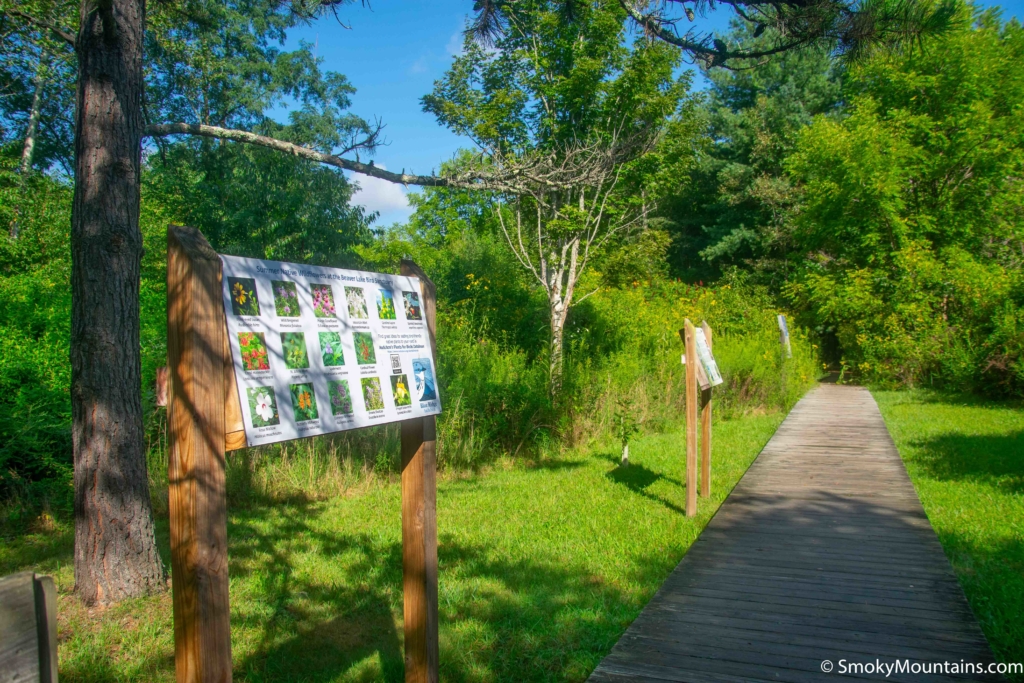
Another notable bird-watching location within Asheville is Beaver Lake, which was acquired by the Elisha Mitchell Audubon Society in 1988. Today, the eight-acre wetland is home to Beaver Lake Bird Sanctuary and provides sanctuary in a haven-like setting for dragonflies, butterflies, and birds. The Sanctuary is open to visitors 365 days a year (it is occasionally closed for maintenance). You can view the many bird species that call this space home from a boardwalk, making this ideal when long or strenuous hikes are not possible. No dogs are allowed in the bird sanctuary.
Learn more about visiting this protected area on the Blue Ridge Audubon site, which manages the sanctuary.
3.) Craven Gap
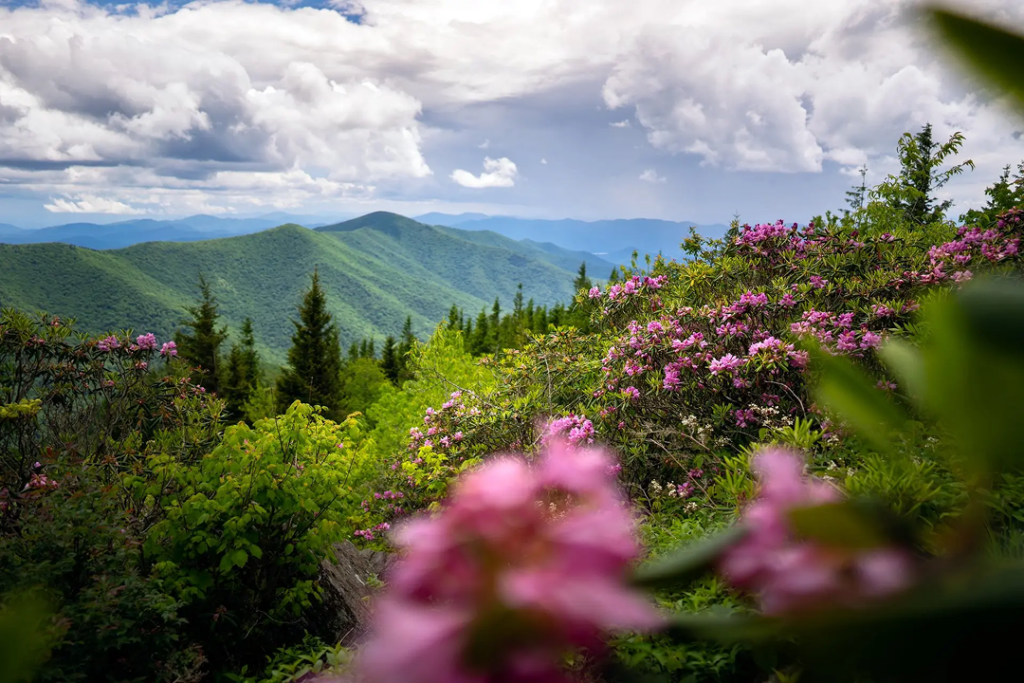
This location is aptly named because it is the gap located between two valleys, Rice Knob and Peach Knob (part of the Great Craggy Mountains and Elk Mountains respectively). It is ideally suited for bird watching. Find Craven Gap at milepost 377.4 of the Blue Ridge Parkway, where it intersects with Town Mountain Road. This also gives you easy access to downtown Asheville. Nearby, there is a trailhead with access to the Mountains-to-Sea Trail, which is a 1,200-mile trail that spans North Carolina, ranging from the Great Smoky Mountains to the Atlantic coastline. There is parking to access Craven Gap in a small gravel lot located just off the Blue Ridge Parkway.
The National Park Service provides more information about this scenic gap and its trail access.
4.) Chimney Rock

If the Peregrine Falcons are on your most desired species list, you need to visit Chimney Rock. The falcons love to roost along the cliffs of Hickory Nut George (home to Chimney Rock Park). The walls of this gorge rise 1,000 feet above the valley floor below, providing the ideal hunting grounds for these birds of prey. If you are fortunate, you might even be able to observe one of these immensely fast creatures swooping down in pursuit of its dinner. In addition, rare warbler species such as Cerulean and Swainson also frequent the Chimney Rock area.
5.) Mount Pisgah
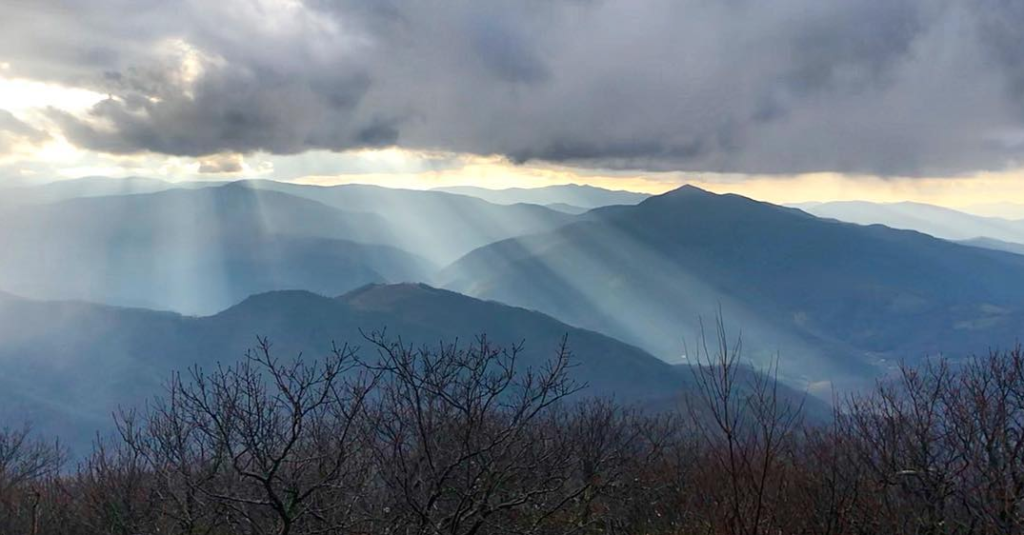
The topography of Mount Pisgah makes it a popular spot to view the Alder Flycatcher and the Northern Saw-whet Owl. Access Mount Pisgah trail via the parking lot on milepost 408.6 of the Blue Ridge Parkway. In addition to the avian observation opportunities, Mount Pisgah is also known as a superb viewing area, as you can see Cold Mountain, the city of Asheville itself, and various parts of the mountains of Western North Carolina. The Mount Pisgah area also boasts a country store, picnic area, campground, and lodge restaurant. Interestingly enough, Mount Pisgah was originally purchased, along with thousands of other acres, by George Washington Vanderbuilt (owner of the Biltmore Estates) in the late 1800s. This space was primarily used as a private hunting retreat.
6.) Mount Mitchell

Holding the distinction of being the highest peak on the east side of the Mississippi River, the views alone from Mount Mitchell are well worth a visit. From this summit, you can enjoy 360-degree views of the surrounding area. There are also several hiking trails, which range in difficulty from easy to more advanced. Mount Mitchell contains alpine spruce-fir forests, which provide the habitat for nearly 100 species of bird. Some of the most notable include the Ruffed Grouse, Golden-crowned Kinglet, and Red Crossbill.
7.) Max Patch

Max Patch is uniquely suited to neotropical migrant species of birds thanks to its mixture of farmland and forests. Elevations range from 1,900 feet to 4,629 feet. Some species you might be able to see at this spot include the Least Flycatchers and the Golden-winged Warblers. It’s important to note that overnight camping and fires are prohibited in this area. Access Max Patch via Cold Springs Creek Road. Stay on this road for 6.2 miles to Max Patch Road, then take a left. The parking area is just ahead right past 1.5 miles.
8.) North Carolina Arboretum
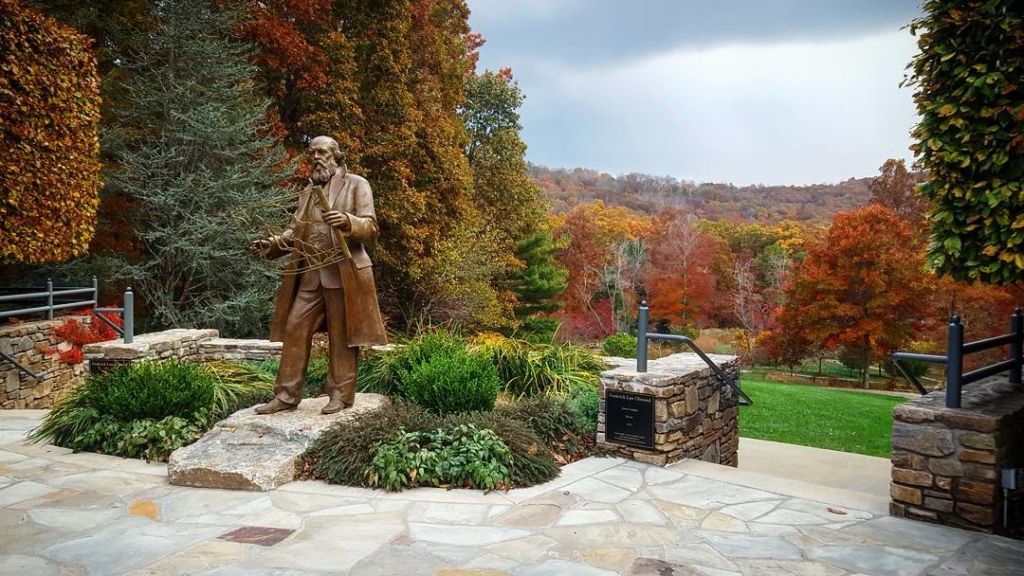
Last but certainly not least, the North Carolina Arboretum represents a fabulous location for bird watching when in Asheville. Don’t be surprised to spot North Carolina’s state bird, the Cardinal, when visiting this location. You might even be able to see the more elusive species, the Red-eyed Vireo or the Hooded Warbler, hidden among the foliage of Bent Creek. The North Carolina Arboretum is ideally suited for the many winged visitors who stop by or even call it home. In addition to the bird-watching opportunities, you can also enjoy the Arboretum’s gardens, including the Bonsai Exhibition Garden. The North Carolina Arboretum also offers 10 miles of natural areas, garden tours, nature activities, cultural exhibits, and hiking and biking trails.
Bird-Watching Adventures in Asheville
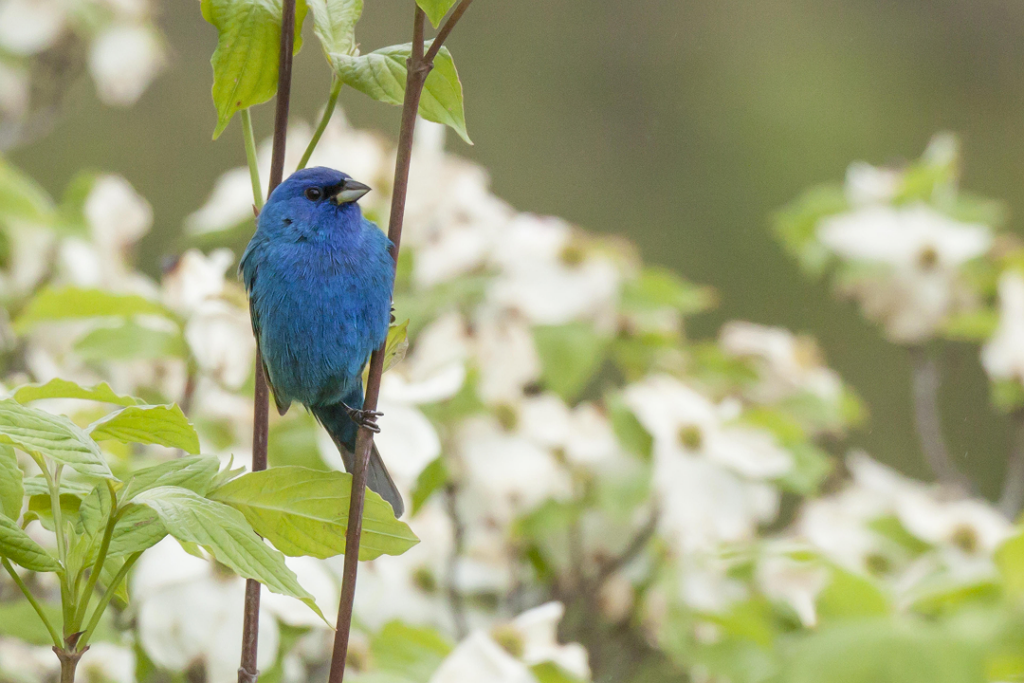
The eight locations outlined above represent some of the best spots to bird watch for native bird species when in the Asheville, North Carolina area. Keep in mind that many of these native birds are visible all year-round, while additional species will migrate through the area on a yearly basis. Therefore, based on what bird species you hope to see, you should research when it is most likely for this species to be in the area and plan your visit to Asheville around that timeframe.
